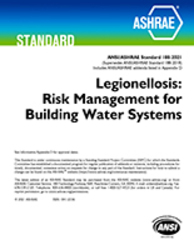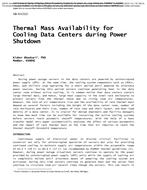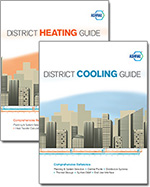Separation of two-phase flow in header has been proven to be beneficial to condensers due to high local heat transfer coefficient of vapor flow in a condenser. This paper maximizes the benefits of separation by optimization of the pass circuitry of the multi-pass microchannel condenser. A steady-state finite-volume model based on empirical correlations for heat transfer and pressure drop has been built. It is used to simulate the performance of microchannel condenser using R-134a. The paper explains the rationale of the trade-off between heat transfer and pressure drop for flow in the vapor path. Based on that, a newer design is proposed for the separation condenser which has unequal pass numbers of vapor path and of liquid path. The model predicts that after optimization for the newer design, the condensate flow rate in the separation condenser is higher by 5.1% than in the baseline condenser within the range of simulation conditions. Separation efficiency is pre-assumed in the model and optimization also shows that, for the newer design, higher separation efficiency will benefit the condenser performance. Higher separation efficiency will improve the condensate flow rate by 3.9%.
Citation: 2018 Winter Conference, Chicago, IL, Conference Papers
Product Details
- Published:
- 2018
- Number of Pages:
- 8
- Units of Measure:
- Dual
- File Size:
- 1 file , 2.1 MB
- Product Code(s):
- D-CH-18-C044


